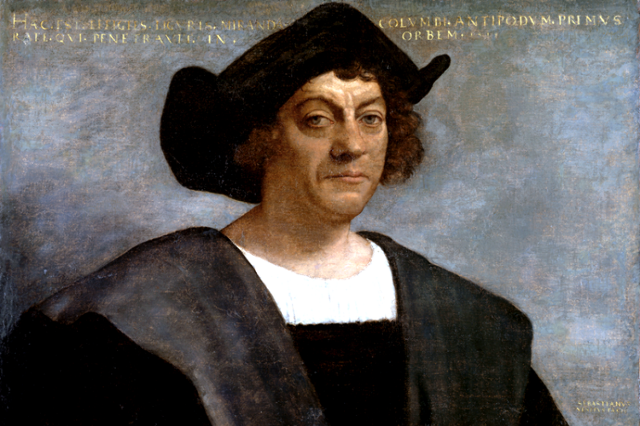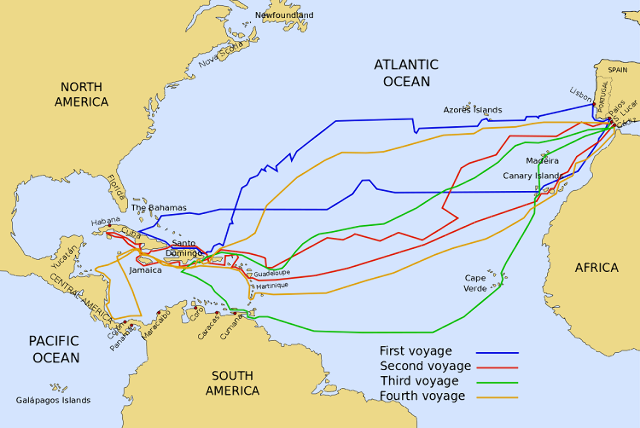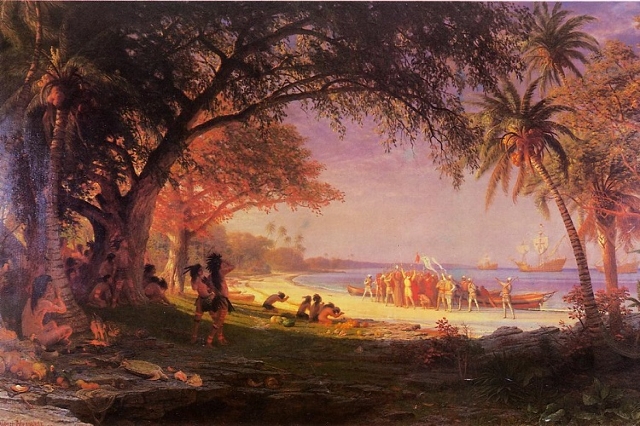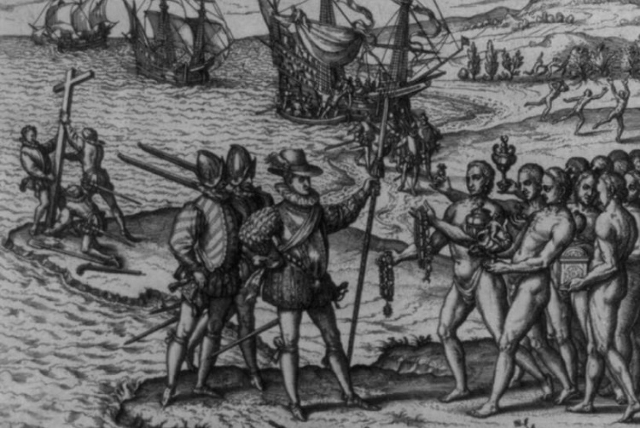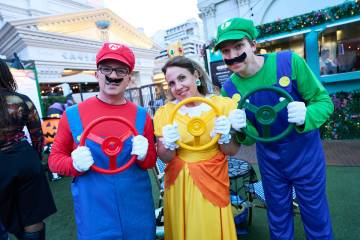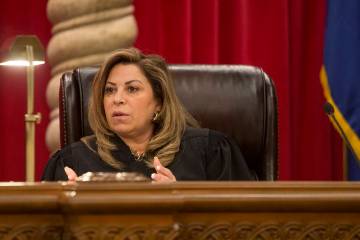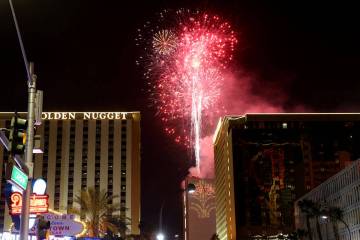3 things you didn’t know about Christopher Columbus
Columbus Day, observed across most of the United States on the second Monday of October, became a federal holiday in 1937, but many are unfamiliar with the true tale of Christopher Columbus.
Today, while parades are still held in parts of the world and U.S. to celebrate Columbus, many locales have taken to not recognizing the day at all. Oregon, Alaska, Hawaii and South Dakota don't recognize the holiday — many other cities choose not too, as well.
Instead, South Dakota celebrated "Native American Day," an official state holiday. Cities in Washington celebrate "Indigenous Peoples' Day."
The idea to replace the holiday started decades earlier, as a way to spin Columbus' well-known treatment of native people where he landed during his journeys.
"Harry Potter" fans will even turn the day into Chris Columbus day — the director of the two of the films.
Here are three things you might not known about his journeys:
He didn't land in North America on his first journey (or at all)
Many credit Leif Eriksson for the discovery of North America in A.D. 1500, although it was by accident, according to most reports.
On Oct. 12, 1492, Columbus likely landed on Watling Island in the Bahamas, according to History.com. Later that month he hit Cuba, thinking it was China and before the end of the year reached Hispaniola, which he thought was Japan. In 1493, he reached the Lesser Antillis, Hispaniola again, Puerto Rico, Jamaica and other Caribbean islands. In 1498, he landed in Trinidad and Venezuela by August.
Washington Irving is responsible for the version taught in schools
“In fourteen hundred and ninety-two, Columbus sailed the ocean blue," was brought to schoolchildren by way of "The Legend of Sleepy Hallow author, according to Darin Hayton. When Irving set out to write a biography of Columbus, many of the materials he needed were either lost or incomplete. To make up for this, Hayton said, he embellished — writing what should have happened, or what surely did happen even if there was no evidence.
While not technically a genocide, Columbus' colonialism is responsible for many, many deaths
After his four trips in 1492, 1493, 1498 and 1502, Columbus ushered in the "Columbia exchange," referring to the exchange of animals, plants, technology, culture and disease between the Americas and Europe, Africa and Asia. The New World, or the Americas, were given wheat, bubonic plague, chicken pox, cholera, malaria, measles, typhoid and a few others, the Washington Post reported.
After arriving in the Caribbean islands, populations of indigenous peoples were decimated. Columbus made allies with who he called "good Indians," the Chicago Tribune wrote, and fought and enslaved groups he assumed to be cannibals. By 1500, he had enslaved about 1,500 islanders to mine gold for European markets — including the "good Indians." Many died from malnourishment and disease. As his ships reached Hispaniola, historians estimated the population around 300,000 natives. By 1550, they estimated about 500 natives, as many died from diseases brought by Spanish soldiers.
Before Columbus arrived in 1492, America's population was in the millions, and by some estimates, 90 percent died before the Pilgrims' arrival in 1620 due to disease brought in the "Columbia exchange."
Contact Kristen DeSilva at kdesilva@reviewjournal.com. Find her on Twitter: @kristendesilva
Tweets by @reviewjournal
!function(d,s,id){var js,fjs=d.getElementsByTagName(s)[0],p=/^http:/.test(d.location)?'http':'https';if(!d.getElementById(id)){js=d.createElement(s);js.id=id;js.src=p+"://platform.twitter.com/widgets.js";fjs.parentNode.insertBefore(js,fjs);}}(document,"script","twitter-wjs");



